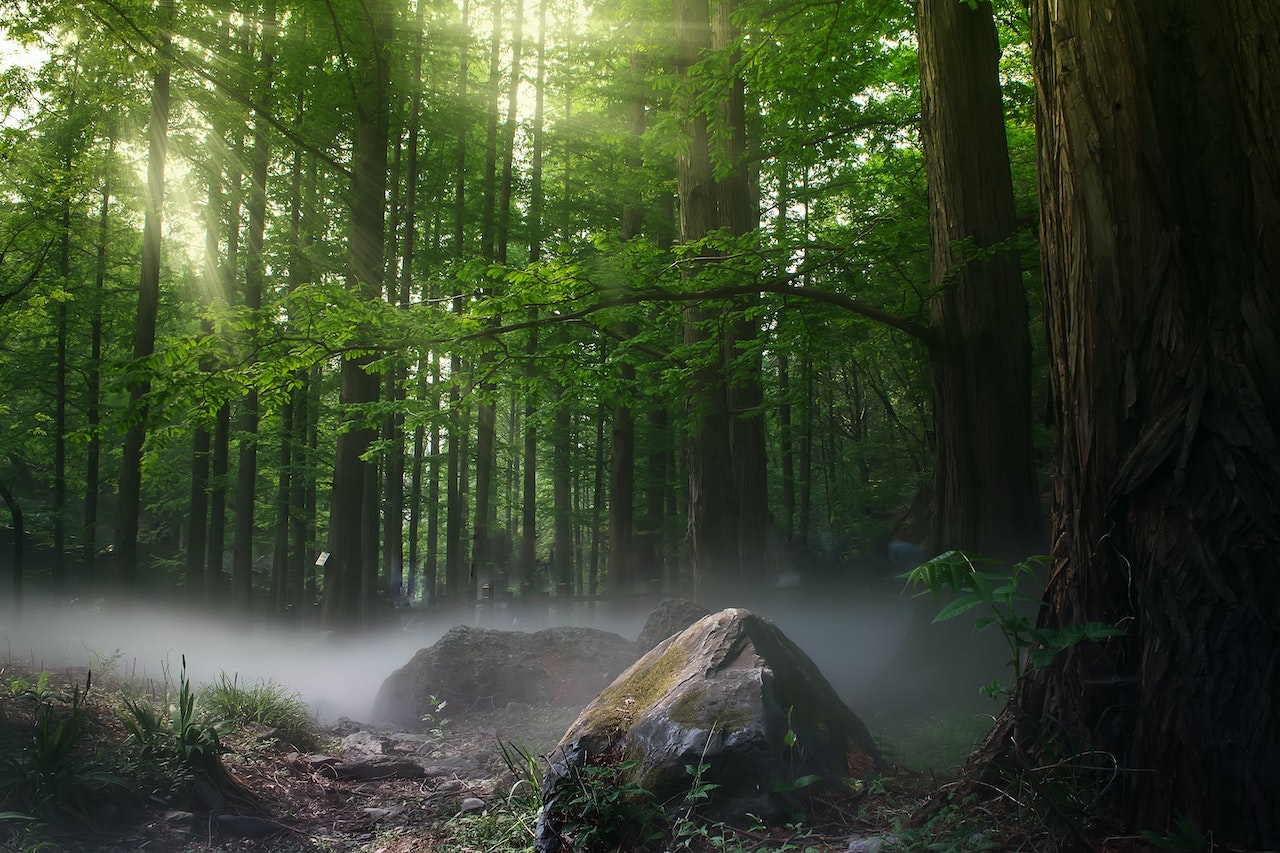This post was originally published on Healthy Forest
 Oregon is now beginning this year’s fire season, and southwest Oregon will likely be inundated with days and weeks of deadly smoke. It’s been happening most summers sometime from June until October since 1987.
Oregon is now beginning this year’s fire season, and southwest Oregon will likely be inundated with days and weeks of deadly smoke. It’s been happening most summers sometime from June until October since 1987.
For the first 40 years of my life, we didn’t have a fire season. We had wood heat, field burns, wigwam burners, bonfires, and clearcuts; but from 1952 until the Silver Complex Fire in 1987 there was only one wildfire bigger than 10,000 acres in all of western Oregon: the 1966 Oxbow Fire in Lane County.
The 2002 Biscuit Fire was nearly 500,000 acres in size, the largest wildfire in Oregon history, and the Kalmiopsis Wilderness has now burned four times. Anyone who has lived here a few years has likely experienced the catastrophic Chetco Bar, Taylor Creek, Klondike, South Obenchain, Almeda Drive, Slater, and/or Flat fires — and breathed their smoke.
Anybody less than 40 years of age, or that moved here in the last 35 years, probably thinks major fire seasons are “normal,” or even “natural,” and that breathing wildfire smoke part of the year is mostly unavoidable. But we didn’t used to have fire seasons, and wildfire smoke can be deadly.
The 2020 Labor Day Fires killed 11 people in southwest Oregon and burned more than 4,000 homes. During these fires, Oregon Department of Environmental Quality recorded the worst air quality in the world, including record-setting “Air Quality Index” (AQI) numbers for Portland, Eugene, Bend, Medford and Klamath Falls communities.
AQI numbers for these communities varied from 332 to more than 500. A “Good” AQI number is from 0 to 50; “Unhealthy” numbers are 101 to 200; 200-300 is considered “Very Unhealthy,” and anything 300 and above is considered “Hazardous” — 500 is the highest number that can be measured, and Bend even exceeded that rating.
According to recent National Library of Medicine research, short-term health effects of “wildland smoke,” such as asthma attacks, are well known and recognized, but a study from 2007 to 2020 indicated more than 11,000 US deaths per year from long-term effects of wildfire smoke. Lung cancer and cardiopulmonary diseases were identified as major causes.
A University of California study of smoke-related mortality from 2008 to 2018 estimated 52,000 to 56,000 Californians suffered “premature death” due to wildfire smoke inhalation during those years, or about 5,000 deaths per year.
If major wildfires and their smoke were mostly uncommon during the 35 years from 1952 to 1987, and they have now become an almost annual concern, what changed? And can it be fixed?
According to the US Forest Service, Bureau of Land Management (BLM), West Coast governors and environmentalists, the principal culprits in this deadly development are “climate change” and “wildfire suppression.”
Those are misleading excuses and not supported by facts. First, the climate in western Oregon has been pretty much the same for centuries; and second, the build-up of fuels is almost entirely due to changed federal forest management policies, as documented, and has little to do with fire suppression history of the past 120 years.
What did change, and dramatically, was the reaction of the federal government to anti-logging lawsuits first brought by environmental organizations when spotted owls became an “endangered species” in 1990. Active forest management was mostly stopped as a direct result, fuels built up rather than being harvested or treated, and they subsequently burned, as clearly predicted.
The recent litigation on local BLM projects initiated by Oregon Wild and Cascadia Wildlands is the most current example. BLM wanted to manage hazardous forest fuels and the environmentalists wanted to stop logging and get attention.
Our ancestors on the land showed us how to fix this problem. Stopping these costly lawsuits is key. Restoring active management of our public roads, trails, and forests will mostly end these deadly events, and also provide jobs and income needed to restore our rural schools, industries, communities, and clean, healthy air.
Dr. Bob Zybach is a writer, researcher, photographer and operated a successful reforestation business for 20 years. He earned his PhD in Environmental Sciences from Oregon State University among other advanced degrees. For the past 25 years Zybach has conducted forest science and public education research as president of his family business, NW Maps Co. From 1996 to the present he has served as program manager for ORWW.org, a 501c(3) educational website focused on the scientific management of Oregon’s natural and cultural resources. This piece originally appeared in the Rogue Valley Times.
Source: Healthy Forest





0 Comments